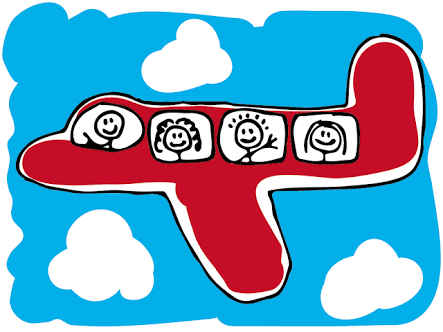 Every system is perfectly designed to get the results it achieves.
Every system is perfectly designed to get the results it achieves.
Medical error has been reported as the third greatest cause of hospital death. Despite interventions to overcome this there has been no improvement in medical error rates.
Healthcare is perfectly designed for error to be the third greatest cause of death.
We need change.
The current command structure of error reporting leads to vital information being siloed away. Proposed interventions have little if any effect. Unfortunately we may be in a position where if we removed current error reporting systems it may make no difference to front line patient safety.
That we have reporting systems for errors or near misses but not for hazards sends a strong message to front line staff to simply ‘put up’ with their work environments. Those staff who do make efforts to speak up see little response. We’ve developed a culture where staff find it pointless to drive change – we’ve become numbed, so much so we’re almost unable to perceive the unnecessary hazards that surround us.
We need the ability to report hazards and transparently see effective developments being made to introduce change.
Medical errors, near misses, morbidity and mortality cases are invariably presented in isolation from all the same events which have occurred elsewhere. Isolated, and retrospective, these event reports lend themselves to blame – ‘Why couldn’t the staff member(s) have performed better?’
The pinnacle response of current error reporting is the RCA (Root Cause Analysis). The RCA team does not contain staff involved in the adverse event, yet these may be the people with the greatest insight on how to avoid a similar issue in the future.
There is never just one cause, and no such thing as a root cause in any medical disaster or near disaster. Any contributing causal factor, if not aggressively addressed and neutralised will more than likely become part of a dissimilar but equally deadly chain of causation leading to some future disaster.
Focus should be on the transparent development of improvements – projects, relaying in real time the progress being made in achieving an effective intervention.
People need to know something is being done, it encourages more reports and more fixes.
Solutions generated need to be developed by those on the front line working in teams with other interested parties. These teams require leaders who are able to stand in the shoes of a patient, relative, nurse, doctor, and manager – all at the same time, demonstrating empathy and understanding.
We need leaders who regard ideas, suggestions, proferred opinions and even diagnoses for their true value and not as a challenge to authority or professional ability. The key to safety and quality is having people care about one another as they combine as a team for the best interests of their patients.
Doing the best thing for the patient is, and must be, the common goal endlessly recognised by everyone. Only a team operating in total, egoless support of the common goal can catch and cancel the human errors that individuals and systems will always generate.
Where interventions are developed by those on the front line and where everyone has had a chance to voice their opinion the front line will be more likely to adhere to them.
We all need a deep and humble acceptance that none of us can avoid being human and making life threatening mistakes.
Those who build a system that depends on an absence of human mistakes will fail utterly.
Welcome to the PatientSafe Network.
We’re a group of like minded individuals who realise that while we can’t achieve perfect performance individually we can achieve it as a mutually supportive and flawlessly communicating team. We refuse to be divided by professional differences, rivalries, silos or indifference to a patients well being.
Please get onboard and get involved.
We sincerely thank you for flying healthcare safety.

Much of the material for this post is derived from ‘Why Hospitals Should Fly’ by John J. Nance M.D.

8 Comments